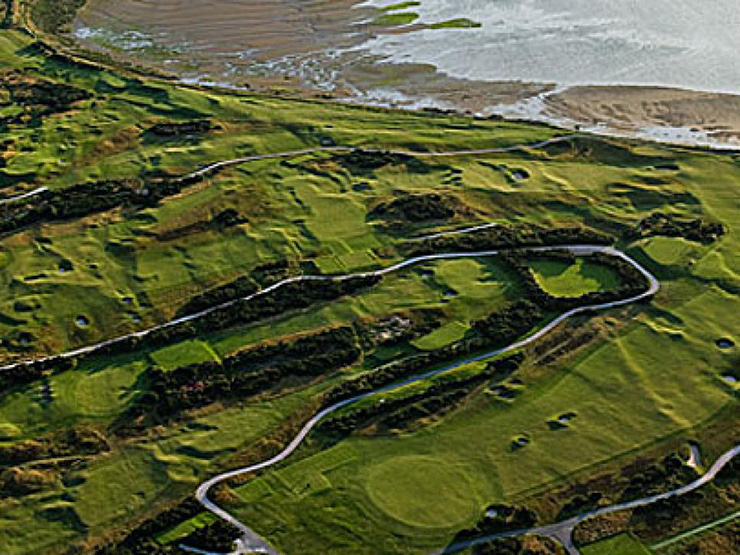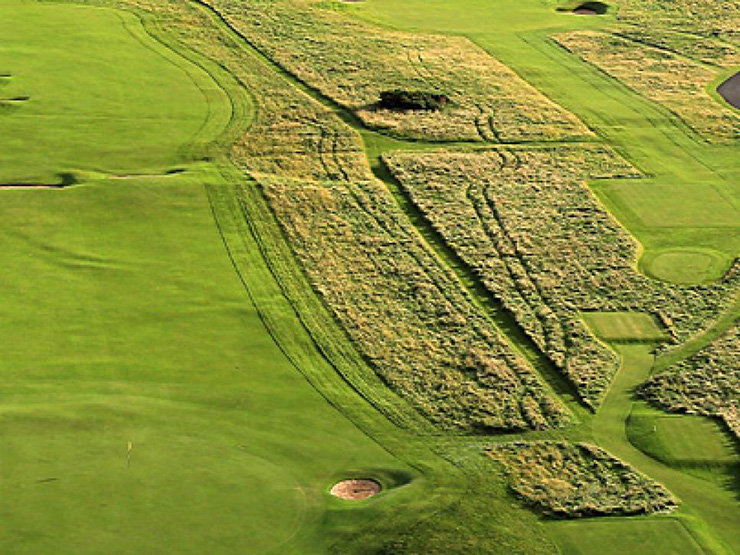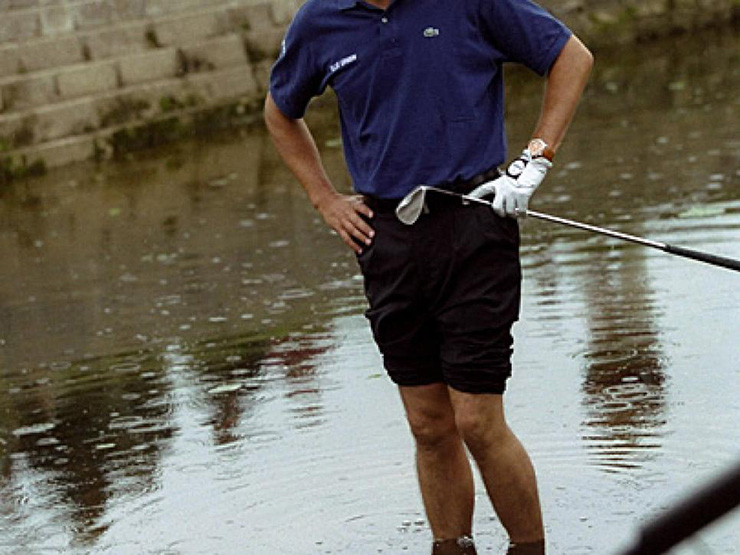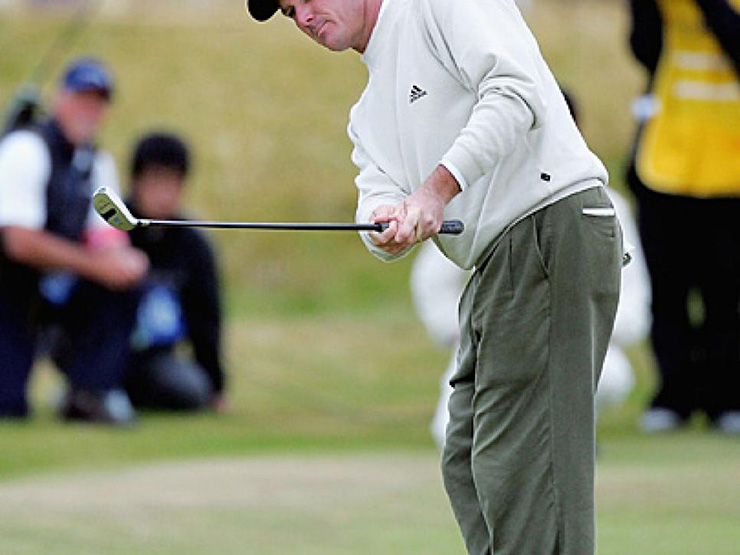The 2024 Open Championship is upon us, which means it’s time to set your alarm clocks early to watch the action. But before the tournament starts, it’s also time to brush up on the real meaning behind some phrases commonly associated with golf’s oldest major championship. Don’t worry, there won’t be a quiz.
1.) “Open Championship”
This is the official name of the tournament. Although calling it the British Open makes sense to help differentiate it from the U.S. Open, many golf purists bristle when they hear that.
RELATED: Dear Americans: The Open Championship is not called “The British”
2.) “Links Golf Course”

The term describes courses built on land linking the coast to good farmland. In other words, these types of golf courses only originated because there was farmland that was otherwise useless. Yep, golf is kind of like an adopted mistake baby.
3.) “Outward and Inward”

A layout common in links golf in which nine holes go out away from the clubhouse and the other nine come back in. Not very creative TBH, but again, these course designers were working with bad farmland. On the bright side, it encourages playing a full 18 because you’re going to have to walk miles back anyway just to get to your car. Yes, golfers pretty much exclusively walk at Open venues, which is the main reason why John Daly isn’t playing this year. And why “buggy” (great word) isn’t an Open term you need to know.
4.) “Burn”

Those annoying little streams that cut through the course and seem to serve as magnets for golf balls. None is more famous than the Barry Burn at Carnoustie, which Jean van de Velde made himself familiar with during his epic collapse at the 1999 British Open. When you hit into one of these narrow waterways it’s especially frustrating because it’s not exactly like finding a huge lake. Put simply, getting burned by a burn sucks.
5.) “Dunes”

Hills of sand that are all over links golf courses. Sometimes, they’re the only things that frame a links golf hole and remind a golfer he’s not just knocking a ball around an abandoned sheep pasture. You should admire these mini-mountains while also avoiding them. Dunes are often covered in gnarly fescue and they come in all shapes and sizes. Kind of like. . .
6.) “Pot bunkers”

You know how you hate hitting into normal bunkers? Well, these are worse. Much, much worse.
7.) “Breeze”

In a land where they pride themselves on playing in tough conditions, anything less than a gale-force wind is considered a “breeze.” The Scots and Irish don’t even notice a “breeze” or a “wee breeze” unless golf balls start moving on the green before you even hit them. The same can be said of their “drizzle,” which in America, would shut most courses down for the day.
8.) “Ground game”

Often employed by football teams without a good quarterback, it’s also used by golfers at links courses to take advantage of firm terrain and help avoid the “breeze.” Approach shots are often run up onto greens, there are plenty of bump-and-runs around the greens, and sometimes you’ll even see players putting with putters or hybrids (Think: Todd Hamilton, left) from insane distances down the fairway. Fun!
9.) “Rota”

This the term for the rotation of courses that traditionally host the Open Championship. The rota is pretty set between The Old Course at St. Andrews, Carnoustie, Royal St. George’s, Royal Lytham & St. Annes, Royal Birkdale, Royal Liverpool, Muirfield, and Royal Troon, and now, Royal Portrush. Have trouble telling them apart? We’ve got you covered with this handy crash course.
READ MORE:
Get to know the golf courses of the R&A’s Open rota
Everything you need to know about this year’s major at Royal Troon
Record crowd expected at Troon, with longest and shortest holes in Open history
The moneyball driving strategy that won Brian Harman the claret jug
Dear Americans: The Open Championship is not called “The British”









